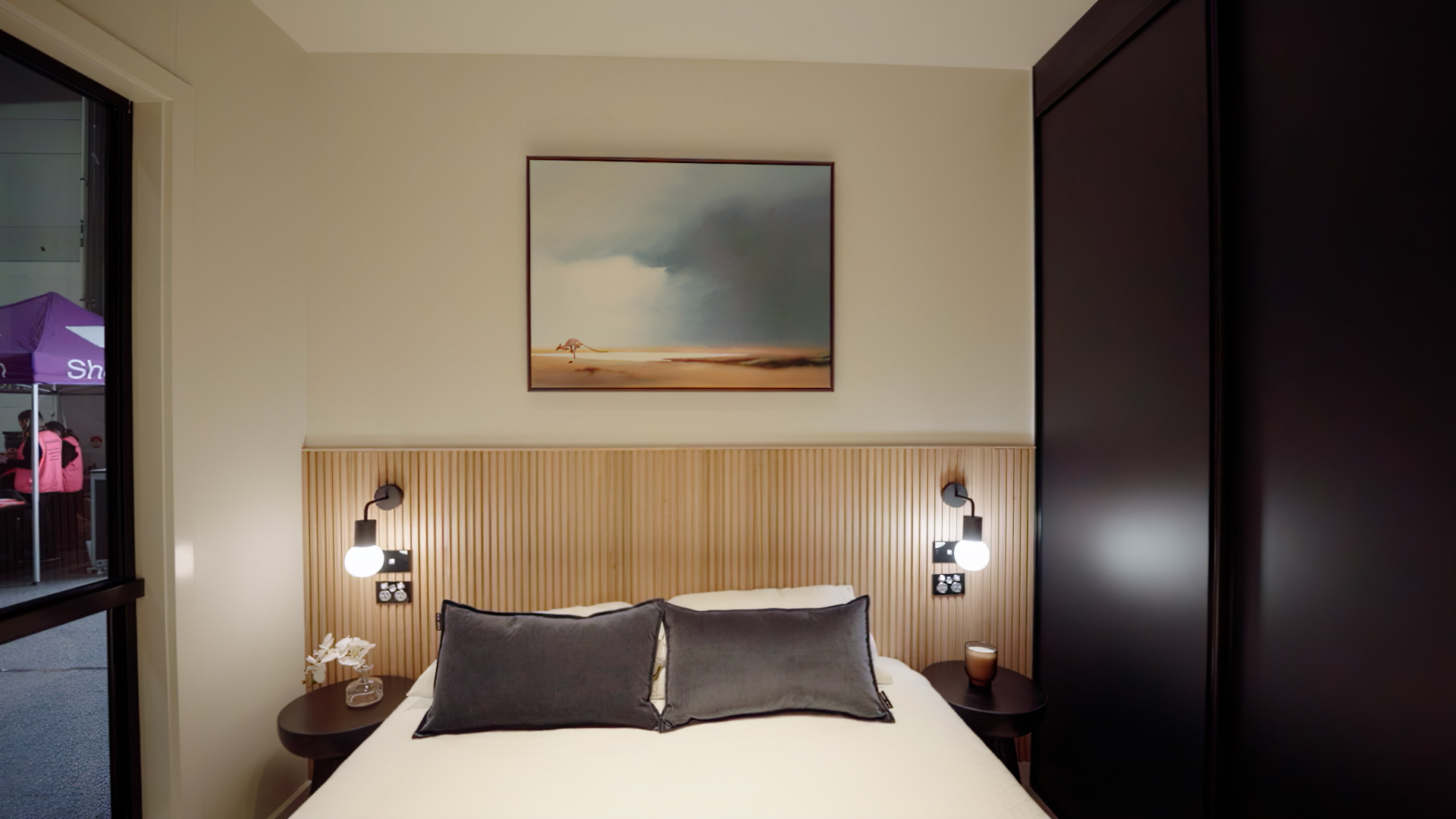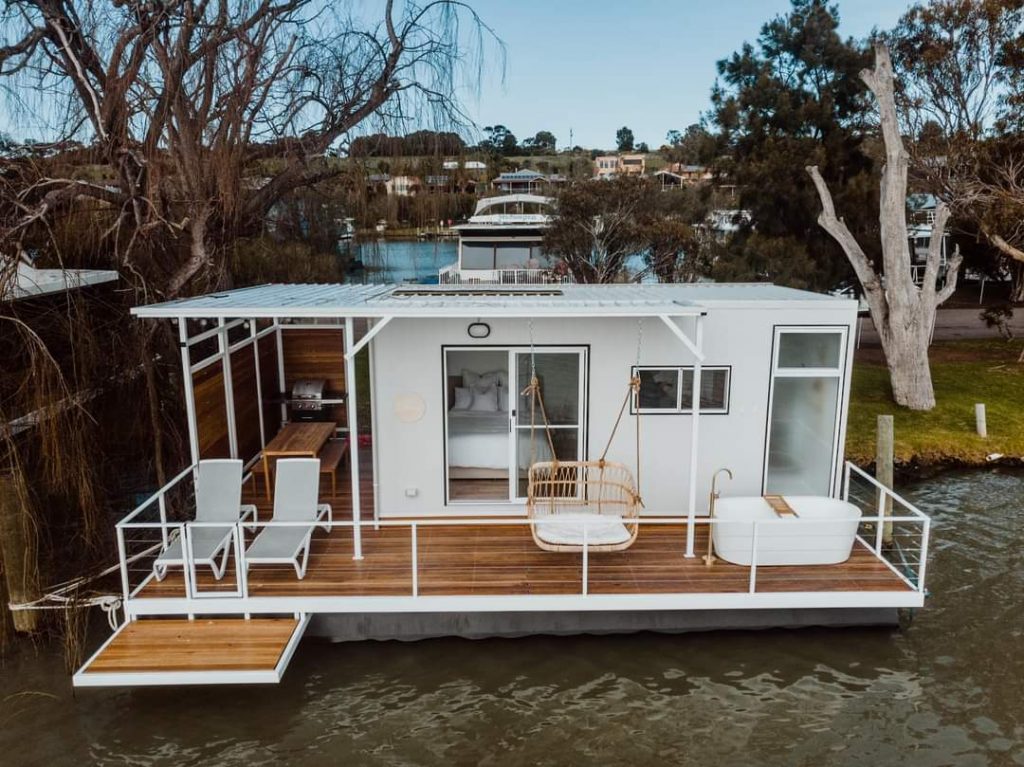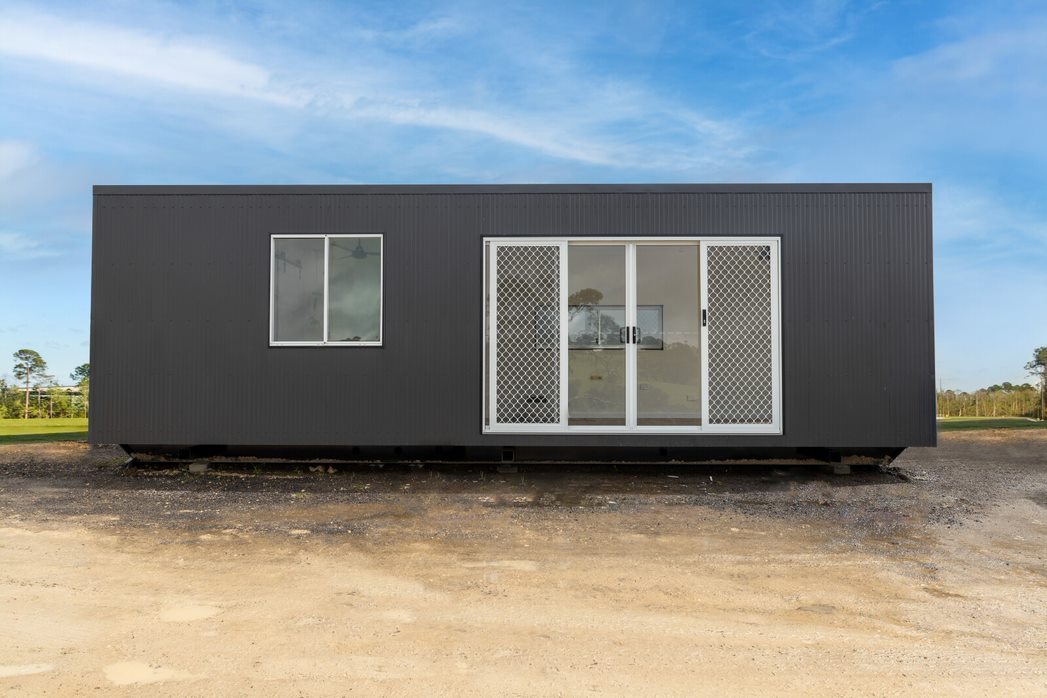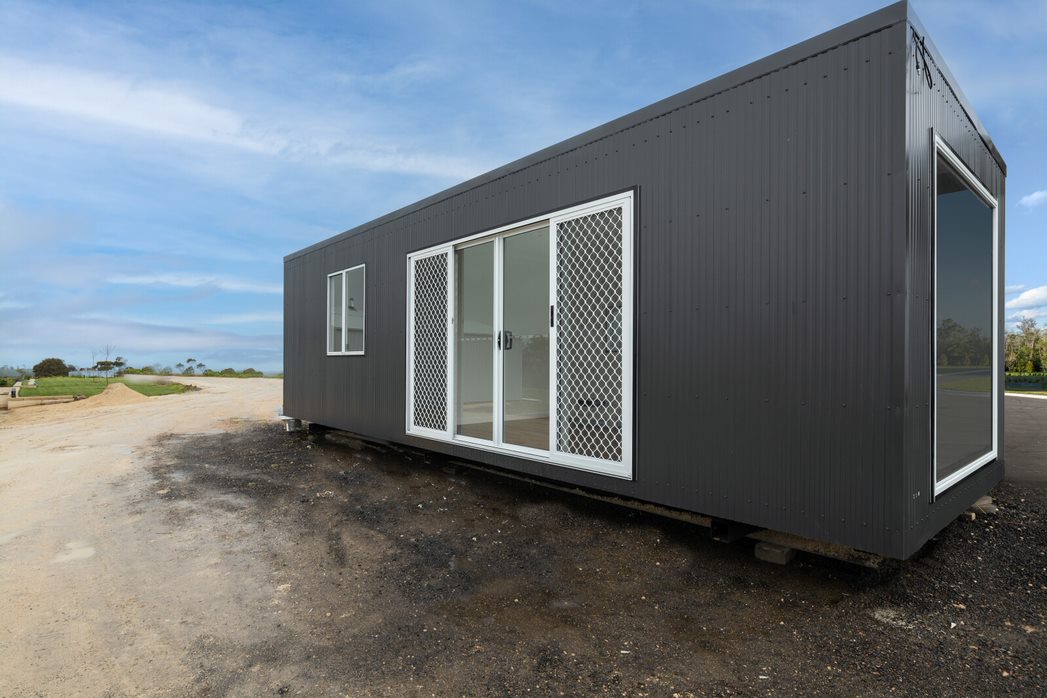On the hunt for a home to call your own? Tiny homes have been capturing the imagination of people across Australia looking for a more affordable, minimalist, and eco-friendly lifestyle. They offer the freedom to own a space that’s truly yours without the burden of a hefty mortgage. But before take the plunge and buy your first tiny home, ask the right questions to ensure it’s the perfect fit for your lifestyle.
Building or buying a tiny home isn’t as simple as it may seem. From zoning laws to utilities, there’s a lot more to consider than just downsizing your square meterage. Whether you’re thinking of building from scratch or buying a pre-built model, taking the time to do your homework will save you from future headaches. In this post, we’ll walk you through the top questions to ask before buying a tiny house—so you can make a smart, informed decision.
The Benefits of Tiny Living
The cost of living is constantly rising, and for many, traditional homeownership is becoming increasingly out of reach. That’s where tiny homes have saved the day! They are a far more affordable alternative to traditional home ownership, without sacrificing comfort or style.
While they can be quite small, they are packed with a range of benefits that make downsizing worth it! Not only do you reduce your housing expenses but also your utility bills, maintenance costs, and even your environmental impact!
Let’s take a close look at the top benefits:
- Affordability: One of the biggest draws of tiny houses is the cost savings. With lower upfront costs and reduced ongoing expenses like utilities and maintenance, tiny homes make homeownership more accessible. Plus, without a massive mortgage, you’ll have more freedom to invest it, try new experiences, travel, or even support retirement goals.
- Simplified Living: Living in a tiny house encourages a simpler, clutter-free lifestyle. With less space to fill, you’re more likely to focus on what truly matters to you—whether that’s relationships, hobbies, or personal growth. It’s the perfect antidote to today’s fast-paced, consumer-driven lifestyle.
- Sustainability: Tiny homes are often designed with eco-friendly materials and energy-efficient systems, reducing your carbon footprint. Many owners also opt for off-grid solutions like solar power, composting toilets and rainwater harvesting, making it easier to live sustainably and responsibly.
- Mobility and Flexibility: For those with a sense of adventure, a tiny house on wheels (THOW) offers the freedom to move wherever life takes you. Whether you’re chasing new job opportunities, exploring the countryside, or just wanting a change of scenery, tiny houses offer a level of flexibility that traditional homes can’t match. There are also a variety of community groups and services that help connect tiny home owners with land owners looking to rent.
- Less Maintenance: A smaller space means less cleaning, fewer repairs, and reduced upkeep! With less time (and money!) spent on home maintenance, you can focus more on the things you love.
Top Questions To Ask before Buying A Tiny Home
1. What’s the Best Location for My Tiny Home?
The location of your tiny home plays an important role in your living experience. Consider your proximity to work, essential amenities like grocery stores and healthcare facilities, and access to recreational activities.
Today, many people are choosing to place tiny homes in the backyards of friends or family, allowing them to save on land costs while maintaining close relationships. If you prefer to own your land, research available plots that suit your needs, keeping in mind zoning laws and accessibility. Additionally, various communities and networks can connect tiny home owners with land owners, expanding your options for finding the perfect spot to settle into your tiny abode.
2. What Are the Council Regulations?
One of the big draws of tiny houses is the potential for less stringent building requirements. However, tiny home lifestyles are still relatively new in Australia, which means that regulations haven’t quite caught up with the growing demand.
The rules and regulations that govern tiny homes can be a bit confusing. In many cases they are considered caravans and don’t fall under formal planning systems and typically aren’t required to comply with the Building Code of Australia (BCA).
However, it’s essential to note that portable tiny homes must adhere to various transport regulations to ensure they can safely navigate the roads. These regulations stipulate that tiny homes must be under 2.5 meters wide, 4.3 meters high, and 12.5 meters long, with a maximum weight of 4.5 tonnes.
3. What is the Purpose of My Tiny Home?
Are you planning to live in your tiny home full-time, use it as a vacation getaway, or perhaps even rent it out? Maybe it’s a granny flat on your property, or a detached office? Knowing what the structure will be used for will guide many of your decisions throughout the buying or building process.
For example, if you intend to live in it year-round, you’ll want to focus on creating a comfortable and functional layout that accommodates your daily needs, including sufficient storage, a fully equipped kitchen, and space for work or sleep.
On the other hand, if your tiny home is meant to serve as a vacation getaway, you might prioritize design elements that promote relaxation and leisure, such as large windows for natural light, outdoor living spaces, or proximity to recreational activities. If renting is your goal, consider features that appeal to potential tenants, such as modern amenities, privacy, and access to local attractions.
4. What is My Budget?
Establishing a clear budget is essential when planning for your tiny home. Beyond the initial purchase or building costs, it’s crucial to factor in ongoing expenses such as utilities, maintenance, insurance, and property taxes. These recurring costs can add up quickly, so understanding your financial limits will help you make informed decisions about the size and features of your tiny home.
While many tiny homes start at around $60,000, prices can escalate significantly depending on the fittings and features you choose. Customising your home or opting for high-end materials can also drive up costs, so it’s important to consider how much you’re willing to invest in these elements. Alternatively, purchasing a pre-designed layout can often be more cost-effective while still allowing for some personalisation.
5. What Size and Storage Solutions Do I Need?
This question is important when planning for a tiny home and requires careful consideration of your lifestyle, the number of occupants, and your belongings. Tiny homes can be designed to maximise storage and functionality, but it’s crucial to identify your essentials and determine how much space you can realistically manage.
- Think about your daily routines and activities. If you enjoy cooking or working from home, you might want a larger kitchen or dedicated workspace.
- Consider how many people will be living in the home. More people might need a more clever use of space and storage.
- When it comes to belongings, take a moment to evaluate what you truly need and what you can live without. Decluttering can be a liberating and will help you identify the essentials that deserve space in your tiny home.
- Think about incorporating multifunctional furniture—such as a sofa bed or a dining table that doubles as a workspace—to help adapt to various activities throughout the day.
Ultimately, the key is to strike a balance between your needs and the limited space available, ensuring that your tiny home feels both like home and practical.
6. What Utilities Are Available, and Do I Want to Connect to the Grid?
Another important consideration is whether you want you tiny home on or off the grid. This means deciding whether you prefer to connect to municipal utilities for water, electricity, and sewage, or if you want to use alternative systems like solar panels and rain water collection.
If you choose to be on the grid, you’ll have the convenience of easy access to essential services, such as mains water and electricity, making day-to-day living relatively hassle-free. This setup typically involves straightforward connections—like using a garden hose for water—similar to what you’d experience with a traditional home or caravan. On the other hand, going off-grid does require some additional set up and maintenance.
7. Should I Hire Professionals or Go DIY?
Each option has its pros and cons, and your choice will largely depend on your budget, skills, and personal preferences.
Hiring professionals can ensure a higher quality build and compliance with local regulations. A reputable builder will bring valuable expertise to the table, including knowledge of building codes, structural integrity, and design aesthetics. This option can save you time and stress, allowing you to focus on other aspects of your move to tiny living. However, this convenience often comes with a higher cost, and it’s essential to budget for not only the construction but also potential design fees, permits and more.
On the other hand, taking a DIY approach can save money and allows for greater flexibility in design and materials. However, it’s essential to be realistic about the commitment involved in building your tiny home from scratch. A DIY project requires significant time, effort, and a fair amount of construction knowledge. You’ll need to be prepared to tackle everything from framing and insulation to plumbing and electrical work.
8. Should I Go Fully Custom or Get A Pre-Designed Home?
Lastly, you should decide whether you want to embrace the full creative freedom of a custom build or opt for the convenience and efficiency of a pre-designed home.
Going fully custom allows you to design a home that perfectly aligns with your personal tastes, needs, and lifestyle. This option offers the ultimate flexibility in terms of layout, materials, and features, allowing you to create a space that feels uniquely yours. This level of customisation does come with a higher price tag, as the process often requires more labor, specialised materials, and potentially extended timelines.
Opting for a pre-designed tiny home can provide a faster and more cost-effective solution. Many portable home builders offer a variety of models and floor plans that cater to different styles and need, which can significantly reduce the time spent on planning and construction. Pre-designed homes often come with standardised features that have been tested for practicality and efficiency, allowing you to benefit from proven designs.
Let Us Help You Get Started!
Choosing to invest in a tiny home is exciting and with so many options, the possibilities are endless! Whether you opt for a fully custom build or a pre-designed model, understanding your needs and preferences is key to making the best decision for your lifestyle.
At Out-Back Portable Buildings, we specialise in customisable portable homes to clients across Adelaide and Australia. Our comprehensive tiny home solutions include everything from design to installation, ensuring a seamless experience every step of the way. With a variety of design options and durable materials, we are committed to delivering affordable solutions that perfectly fit your vision.
Let’s turn your tiny home dreams into reality! Contact us today!





